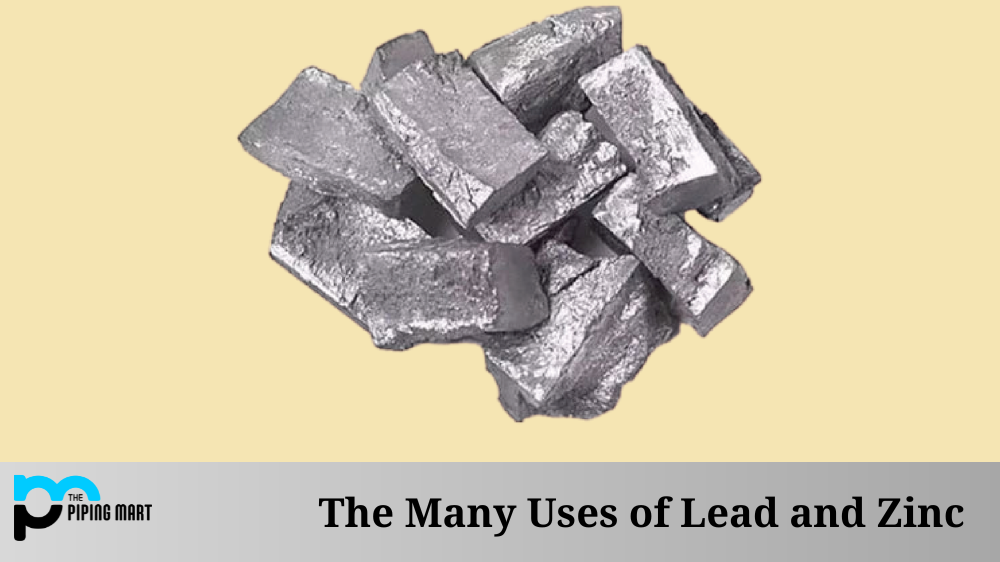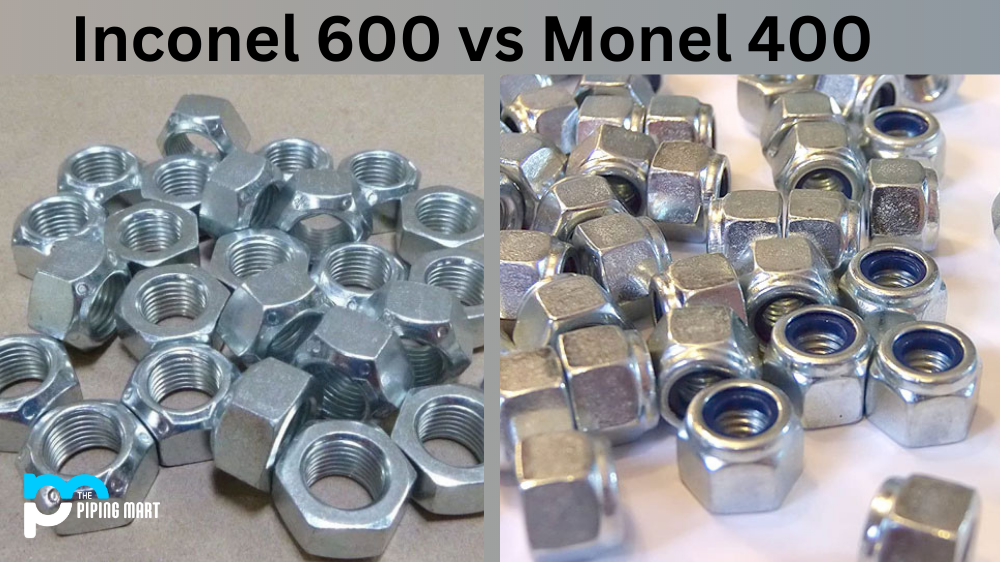Lead and zinc are two of the most important metals in many industries worldwide. But what types of products are made from lead and zinc, and why are they so important? In this blog post, we’ll take a look at the various uses of lead and zinc, as well as their importance in everyday life.
Lead is a highly versatile metal with a wide variety of uses. It is primarily used for making batteries, radiation shields, bullets, pipes, bearing alloys, solder, soldered joints, weights for balancing aircraft tires, counterweights for elevators and escalators, cable sheathing material to protect against corrosion, electrical components such as cables and wires, among other uses. Lead is also commonly used in paints due to its excellent corrosion resistance.
Zinc is also an important metal with many applications. It is primarily used as galvanizing material for steel structures like bridges and buildings since it provides superior protection against corrosion than iron or steel alone. Zinc is also used in alloys such as brass (an alloy composed mainly of copper and zinc), which has a wide range of uses, including doorknobs and locksets in buildings. It’s also used in automobile parts such as batteries, brake pads, pistons, and cylinder liners. Zinc oxide can be found in cosmetics like sunscreen lotions because it helps absorb ultraviolet rays from the sun. Finally, zinc is often added to food products like breakfast cereals to help maintain healthy levels of essential minerals like iron in our bodies.
- Lead is a chemical element with the symbol Pb and atomic number 82. It is a heavy metal that is denser than most common materials. Lead is soft and malleable and has a relatively low melting point.
- Zinc is a chemical element with the symbol Zn and atomic number 30. It is a brittle transition metal at room temperature but malleable at higher temperatures. Zinc is also known for its anti-corrosive properties.
- Lead has been used throughout history for a variety of purposes. It was used in ancient Rome to make water pipes and as a component of solder. Lead was also used in medieval Europe to make stained glass windows.
- Zinc has a wide range of uses in industry and commerce. It produces galvanized steel, brass, zinc oxide, and other alloys. Zinc is also used in batteries, paints, and cosmetics.
- Lead exposure can cause various health problems, including brain damage, developmental delays, and learning disabilities. Exposure to high levels of lead can be fatal. Zinc exposure can cause stomach upset, vomiting, and diarrhea.
Conclusion:
Lead and zinc are very versatile metals with a wide range of uses across many different industries worldwide. From paint pigments to construction materials to medical supplies – these two metals have become indispensable for modern life! Understanding the importance of lead zinc will help you make informed decisions about how best to use these elements for your business or project needs. Whether you’re looking for corrosion protection or strength enhancement – lead zinc has you covered!

Pipingmart is a B2B portal that specializes in metal, industrial and piping items. Additionally, we share the latest information and information about materials, products and various types of grades to assist businesses that are involved in this business.




